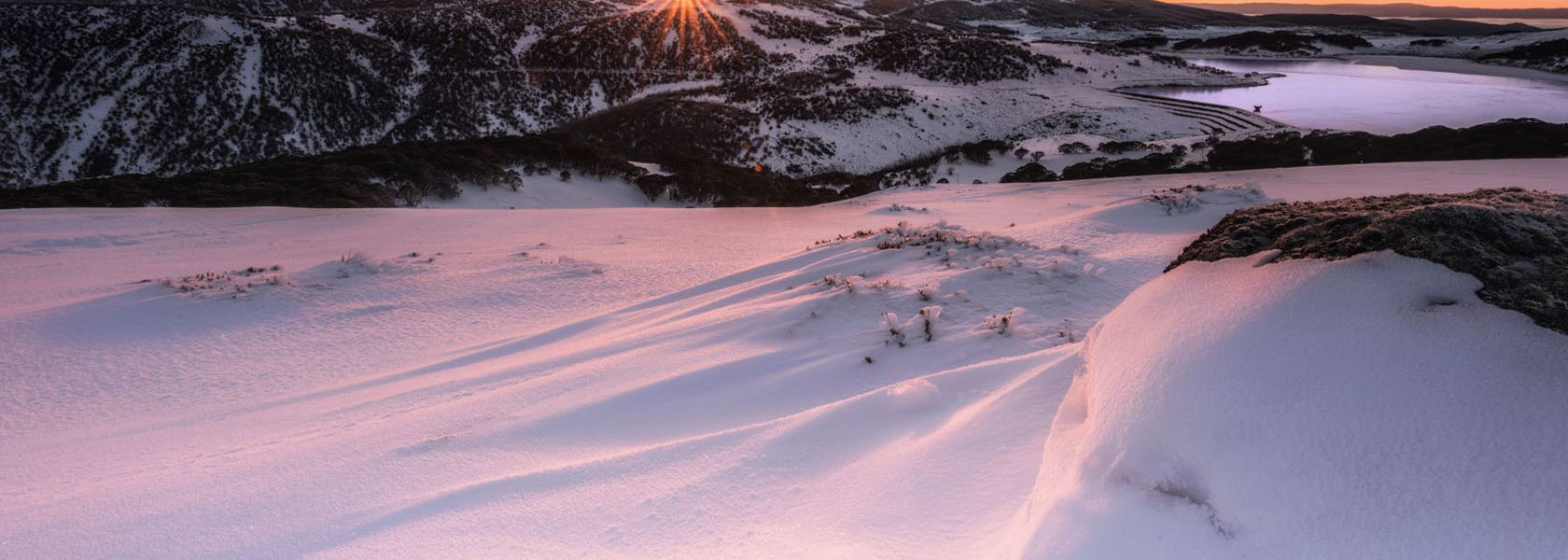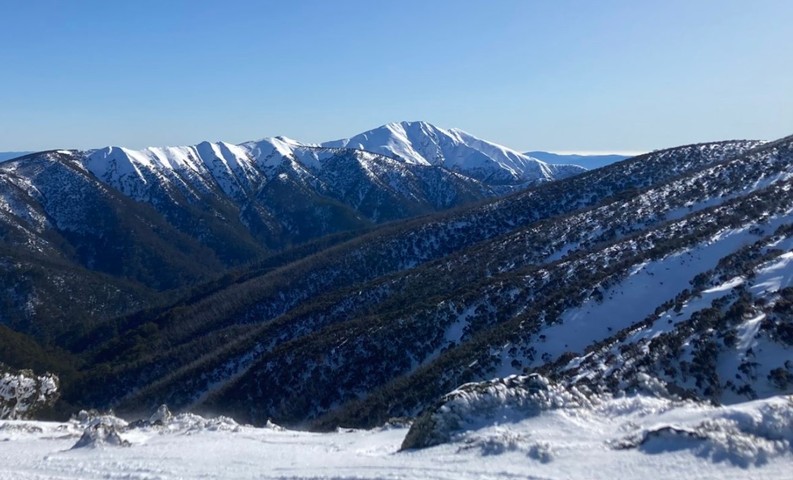Discover the Fascinating Effects of Snow in Australia on Local Communities
In spite of its online reputation for sun-soaked landscapes, Australia also flaunts regions blanketed by snow-- a sensation that exceptionally influences the nation's one-of-a-kind ecosystems. The protecting residential or commercial properties of snowflakes protect vegetation and fauna amidst the chilliest winters, while the melting snow nurtures rivers and water life. The real marvel lies in how these chilly conditions shape the nation's biodiversity and nutrient cycles. As we untangle this complex connection, we discover ourselves treading on undiscovered premises in Australia's high nation.
The Unexpected Areas of Snowfall in Australia
Although Australia is commonly connected with sandy beaches and sun-scorched landscapes, particular regions remarkably experience snowfall. The high nation areas of New South Wales, Victoria, and Tasmania are particularly known for their wintertime snow. The Snowy Hills in NSW, for circumstances, get bountiful seasonal snow, providing a stark comparison to the country's normal hot, dry climate. The Victorian Alps and components of Tasmania likewise see yearly snowfalls, changing the landscape right into a winter season heaven. These areas are not simply abnormalities but important components of Australia's varied environment system. The presence of snow in these regions dramatically affects local ecosystems, ultimately impacting the nation's special biodiversity. Nevertheless, the particular effect on Australia's distinctive flora will certainly be gone over in the following section.

Exactly How Snow Impacts Australia's One-of-a-kind Vegetation
While it might appear unusual, snowfall in Australia plays a vital duty in shaping the country's special plants. The snow-filled winters months foster resilience in Australian plant varieties. This is specifically obvious in the towering and sub-alpine regions, where snow periodontals and hill plum-pines grow. These plants have advanced to endure in extreme conditions, with snow working as a safety covering from freezing temperature levels and rough winds. The snow additionally adds to the dampness content of the dirt, giving needed hydration for plant life throughout the dry summer season months. Essentially, the snow influences the timing of blooming and seed dispersal, the growth rates, and the survival of several plant types, showcasing the intricate interaction between climate and plants in Australia.

The Adaptations of Australian Animal to Snowfall
Just as Australia's flora has adjusted to the wintery problems, the local animals too, show remarkable adjustments to the snowfall. It utilizes the snow as insulation, hibernating in rock gaps below the snow to stay cozy. The Snow Skink, a types of reptile, alters its colour to white during winter season, giving camouflage against killers.
The Role of Snow in Shaping Local Communities
Fit the regional environments, the duty additional reading of snow in Australia is both multilayered and profound. It influences the distribution of plants and fauna, greatly specifying the biodiversity of sub-alpine and towering areas. Snow offers an essential water resource, feeding rivers and tanks as it thaws, hence sustaining a selection of marine life kinds. Additionally, snow acts as an insulator, protecting ground-dwelling organisms from extreme cold. It plays a significant role in soil formation and nutrient biking. The routine cold and thawing of dirt generated official source by snowfall promotes the break down of rocks, improving soil fertility. Consequently, the presence of snow forms the plants patterns, pet actions, and general sustainability of Australia's distinct communities. Does Australia Get Snow.

The Future of Snowfall in Australia: Ramifications and predictions

Provided the crucial role snow plays in shaping neighborhood environments, the future of snowfall in Australia is drawing increasing attention from researchers and environmentalists. Less snow can result in minimized water schedule in towering regions, detrimentally affecting wild animals environments and plant life. The tourism industry, heavily dependent on the winter months snow period, may likewise face substantial difficulties.
Conclusion
The function of snow in Australia's ecosystems is essential yet typically see this ignored. Hence, the snow in Australia is more than an all-natural phenomenon; it's a vital player in the country's environmental story.
In spite of its track record for sun-soaked landscapes, Australia additionally flaunts areas blanketed by snow-- a sensation that greatly influences the country's one-of-a-kind ecological communities. It makes use of the snow as insulation, hibernating in rock holes beneath the snow to remain cozy - Snow In Australia.In forming the neighborhood ecosystems, the role of snow in Australia is both extensive and multilayered. The presence of snow forms the plant life patterns, pet actions, and general sustainability of Australia's distinct environments
Provided the critical role snow plays in shaping neighborhood environments, the future of snowfall in Australia is drawing enhancing attention from ecologists and scientists.
Comments on “Discover Why Snow In Australia is a Top Destination for Adventure Seekers”